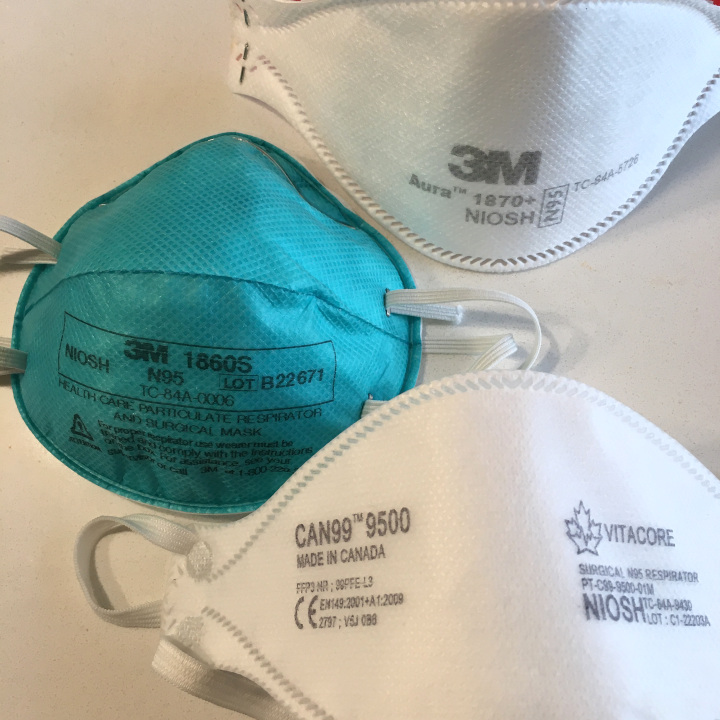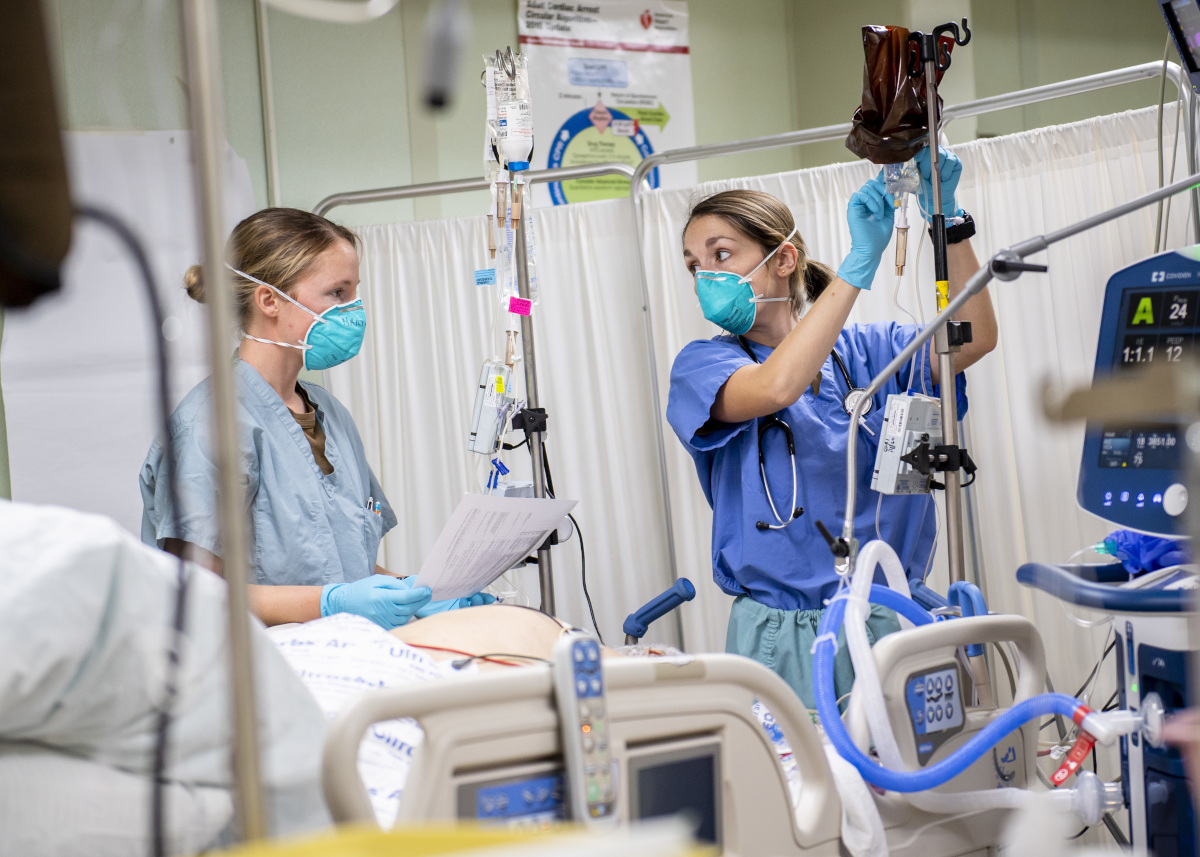As part of its updates on strategies to battle respiratory viruses, the US Centers for Disease Control and Prevention (CDC) on March 22 detailed steps that people can take to reduce the number of respiratory particles that circulate in indoor air. The ventilation guidance update comes as respiratory disease levels such as flu and COVID are declining from a late December peak.
The CDC said ventilation, alongside vaccination and practicing good hand hygiene, is one of the core strategies for protecting people against respiratory illness. “People can still get sick after ventilating a space, so it is important to use ventilation as one part of a multi-layered approach to protect ourselves against getting sick from respiratory viruses,” the CDC said.
Comments closed
